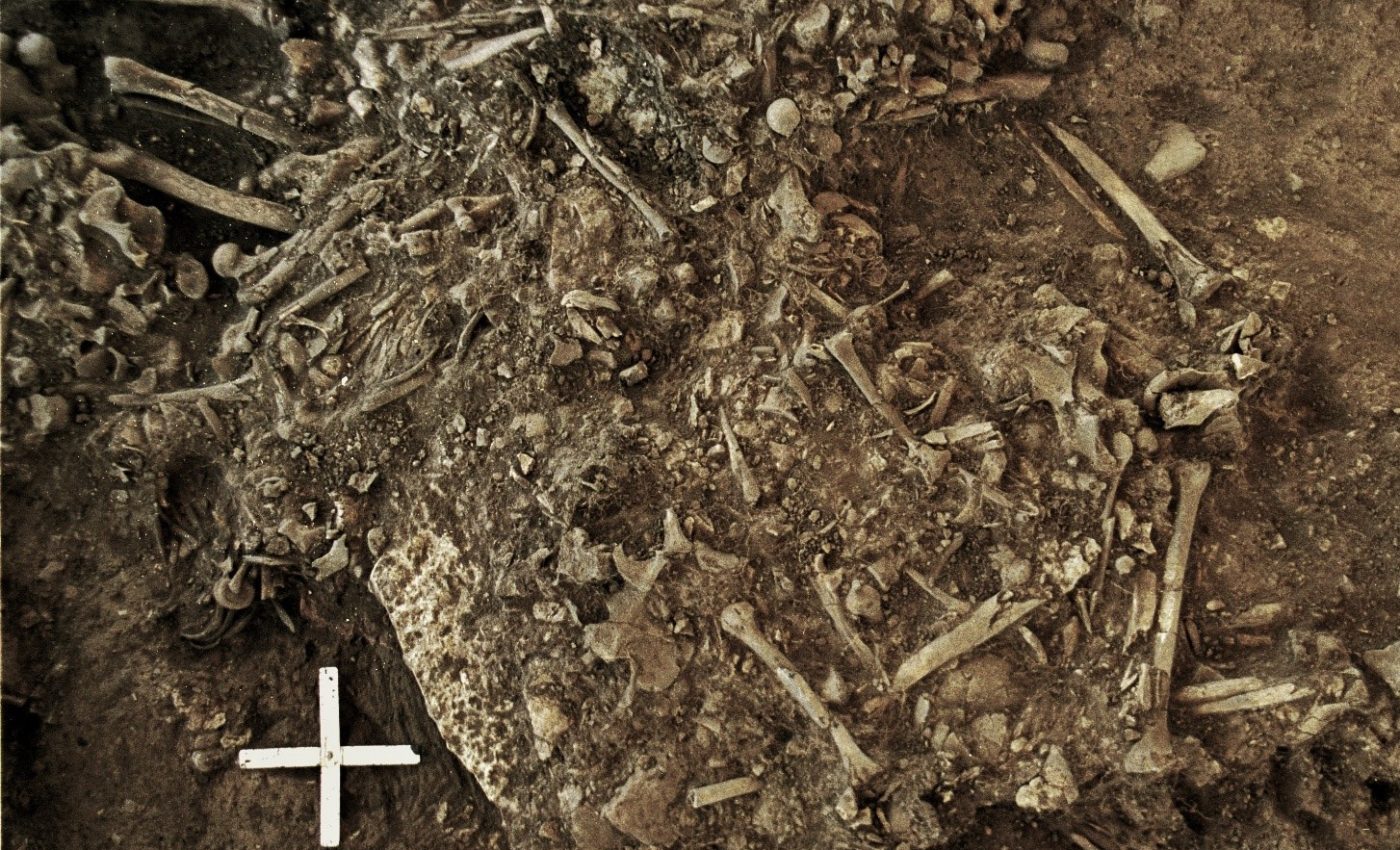
Oldest known plague may have caused decline of Neolithic Europeans
An international team of researchers has identified a new strain of the bacteria that causes plague in the DNA of 5,000-year-old human remains. The bacteria, or Yersinia pestis, may have contributed to the rapid decline of Neolithic European settlements at the beginning of the Bronze Age.
Study senior author Simon Rasmussen is a metagenomics researcher at the Technical University of Denmark and the University of Copenhagen.
“Plague is maybe one of the deadliest bacteria that has ever existed for humans. And if you think of the word ‘plague,’ it can mean this infection by Y. pestis, but because of the trauma plague has caused in our history, it’s also come to refer more generally to any epidemic,” said Rasmussen. “The kind of analyses we do here let us go back through time and look at how this pathogen that’s had such a huge effect on us evolved.”
While screening genetic data from ancient humans to investigate the evolutionary history of the plague, the team discovered the new Y. pestis strain in the DNA of a 20-year-old woman who died approximately 5,000 years ago in Sweden. The strain had the same genes that make the pneumonic plague deadly today, and traces of it were found in additional remains from the same grave site.
The new strain of the plague is not only the oldest that has ever been discovered, but is also the closest to the genetic origin of Y. pestis. The strain likely diverged from other strains around 5,700 years ago, which was a time when mega-settlements of 10,000-20,000 inhabitants were becoming common in Europe. This made job specialization, new technology, and trade possible, but these large groups may have also provided a breeding ground for plague.
“These mega-settlements were the largest settlements in Europe at that time, ten times bigger than anything else. They had people, animals, and stored food close together, and, likely, very poor sanitation. That’s the textbook example of what you need to evolve new pathogens,” said Rasmussen.
“We think our data fit. If plague evolved in the mega-settlements, then when people started dying from it, the settlements would have been abandoned and destroyed. This is exactly what was observed in these settlements after 5,500 years ago. Plague would also have started migrating along all the trade routes made possible by wheeled transport, which had rapidly expanded throughout Europe in this period.”
The researchers have not yet identified the plague in the genetic materials of the individuals from the mega-settlements where it may have evolved.
“We haven’t really found the smoking gun, but it’s partly because we haven’t looked yet. And we’d really like to do that, because if we could find plague in those settlements, that would be strong support for this theory,” said Rasmussen.
The research represents an important step toward understanding how plague and other pathogens became deadly.
“We often think that these superpathogens have always been around, but that’s not the case,” explained Rasmussen. “Plague evolved from an organism that was relatively harmless. More recently, the same thing happened with smallpox, malaria, Ebola, and Zika. This process is very dynamic – and it keeps happening. I think it’s really interesting to try to understand how we go from something harmless to something extremely virulent.”
The study is published in the journal Cell.
—
By Chrissy Sexton, Earth.com Staff Writer
Image Credit: Karl-Göran Sjögren / University of Gothenburg













